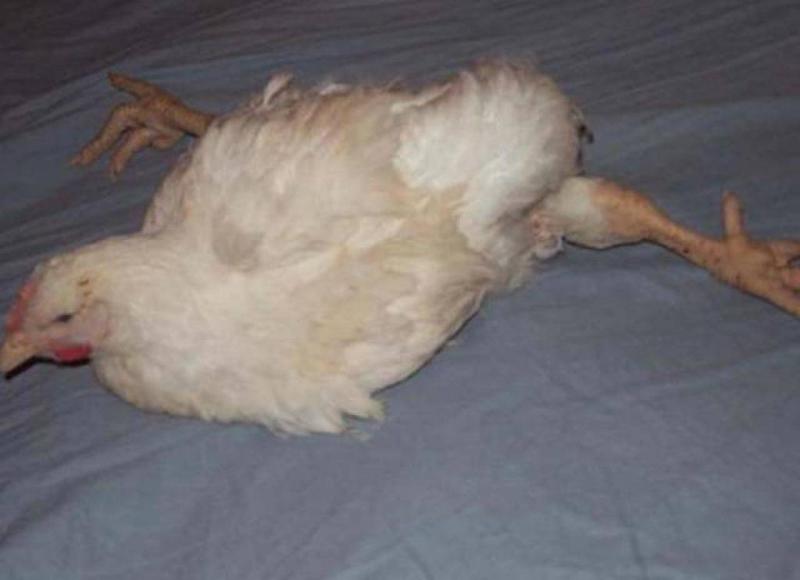Marek's disease is a highly contagious viral illness that primarily affects chickens and other poultry. This disease is caused by the Marek's disease virus (MDV), which belongs to the herpesvirus family. Marek's disease can lead to significant economic losses in the poultry industry due to reduced egg production, increased mortality rates, and decreased meat quality.
What Causes Marek's Disease?
Marek's disease is caused by the Marek Disease virus, which is a highly contagious pathogen that can spread rapidly among poultry flocks. The virus is transmitted through direct contact with infected birds, as well as through contaminated dust, dander, and feathers. The virus can also be spread indirectly through contaminated equipment, clothing, and footwear.
There are three main strains of the Marek's disease virus: mild (mMDV), virulent (vMDV), and very virulent (vvMDV). The severity of the disease depends on the strain of the virus, as well as the age and immune status of the infected birds.
Symptoms of Marek's Disease
The symptoms of Marek's disease can vary depending on the strain of the virus and the stage of the infection. Some of the most common symptoms include:
1. Paralysis: Birds may experience partial or complete paralysis of the wings, legs, or neck.
2. Tumors: Marek's disease can cause tumors to develop in various organs, including the liver, spleen, heart, and nerves.
3. Wasting: Infected birds may experience weight loss and muscle wasting, leading to a decreased body condition score.
4. Respiratory distress: Birds may exhibit respiratory symptoms such as gasping, coughing, and difficulty breathing.
5. Reduced egg production: Infected hens may experience a significant decline in egg production, as well as a decrease in egg quality.
Diagnosis and Treatment
Diagnosing Marek's disease can be challenging, as the symptoms can resemble those of other poultry diseases. A definitive diagnosis can be made through laboratory tests, including virus isolation, PCR, and histopathology.
Unfortunately, there is no effective treatment for Marek's disease. Once a bird is infected, it will remain infected for life and may continue to shed the virus, even if it does not show any clinical signs. Therefore, prevention is the key to controlling the spread of Marek's disease in poultry flocks.
Prevention Strategies for Marek's Disease
Preventing Marek's disease involves a combination of vaccination, biosecurity measures, and good management practices. Some of the most effective prevention strategies include:
1. Vaccination: Vaccination is the most effective way to prevent Marek's disease. There are several commercially available vaccines that can be administered to chicks at hatch or in ovo (in the egg). It is important to follow the manufacturer's instructions carefully and to ensure that all birds in the flock are vaccinated.
2. Biosecurity measures: Implementing strict biosecurity measures can help prevent the introduction and spread of Marek's disease in poultry flocks. This includes limiting visitor access to the farm, implementing proper cleaning and disinfection protocols, and controlling the movement of equipment and personnel between flocks.
3. Good management practices: Proper management practices can help reduce the risk of Marek's disease in poultry flocks. This includes providing adequate ventilation, maintaining appropriate stocking densities, and implementing a comprehensive pest control program to reduce the presence of wild birds and rodents, which can serve as reservoirs for the virus.
4. Genetic selection: Some chicken breeds are more resistant to Marek's disease than others. Selecting for these resistant breeds can help reduce the impact of the disease in poultry flocks.
Get this Report in Japanese Language-マレック病
Get this Report in Korean Language- 마렉 질병
About Author-
Money Singh is a seasoned content writer with over four years of experience in the market research sector. Known for her strong SEO background, she skillfully blends SEO strategies with insightful content. Her expertise spans various industries, including food and beverages, biotechnology, chemical and materials, defense and aerospace, consumer goods, etc. (https://www.linkedin.com/in/money-singh-590844163)
